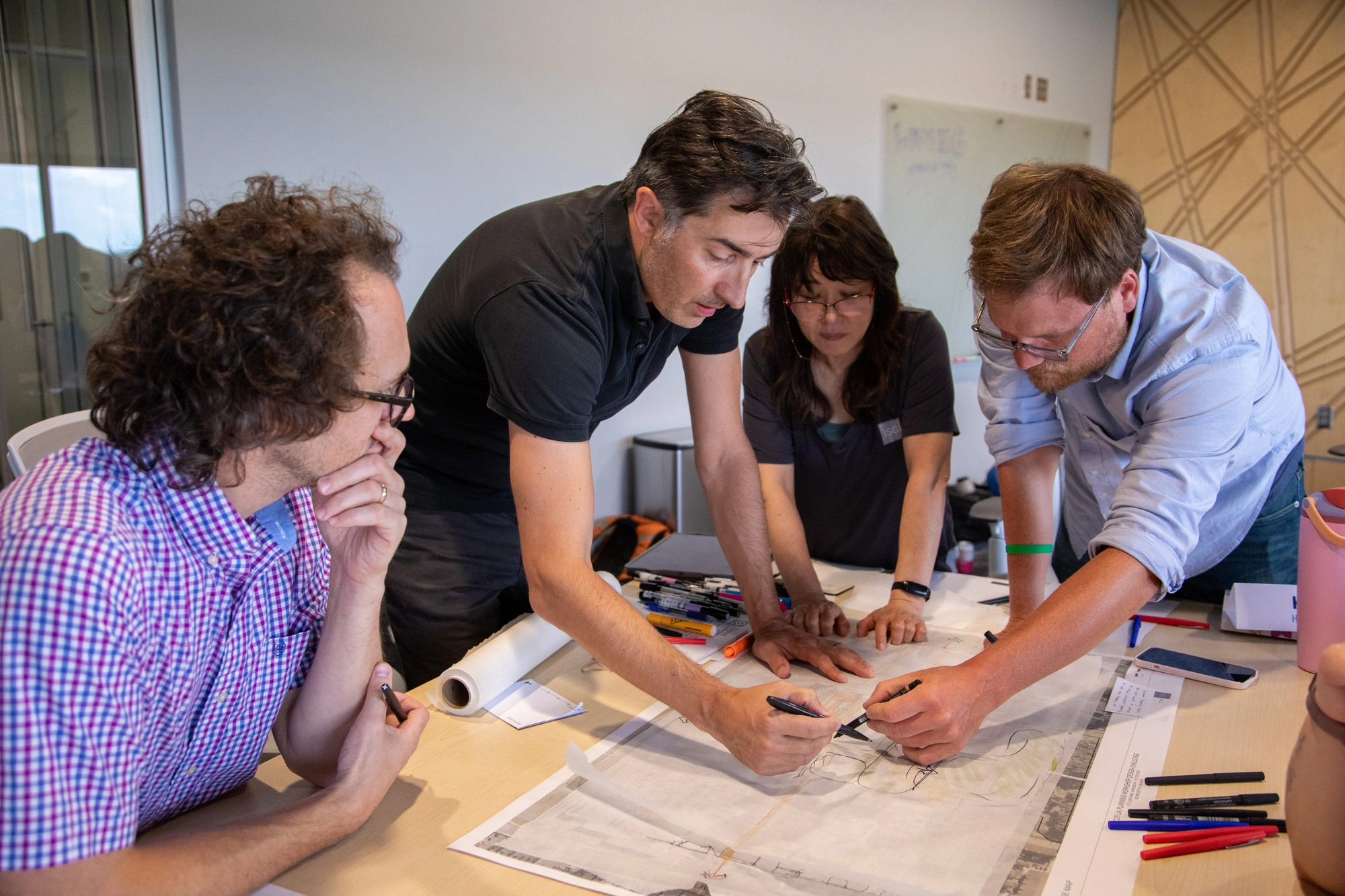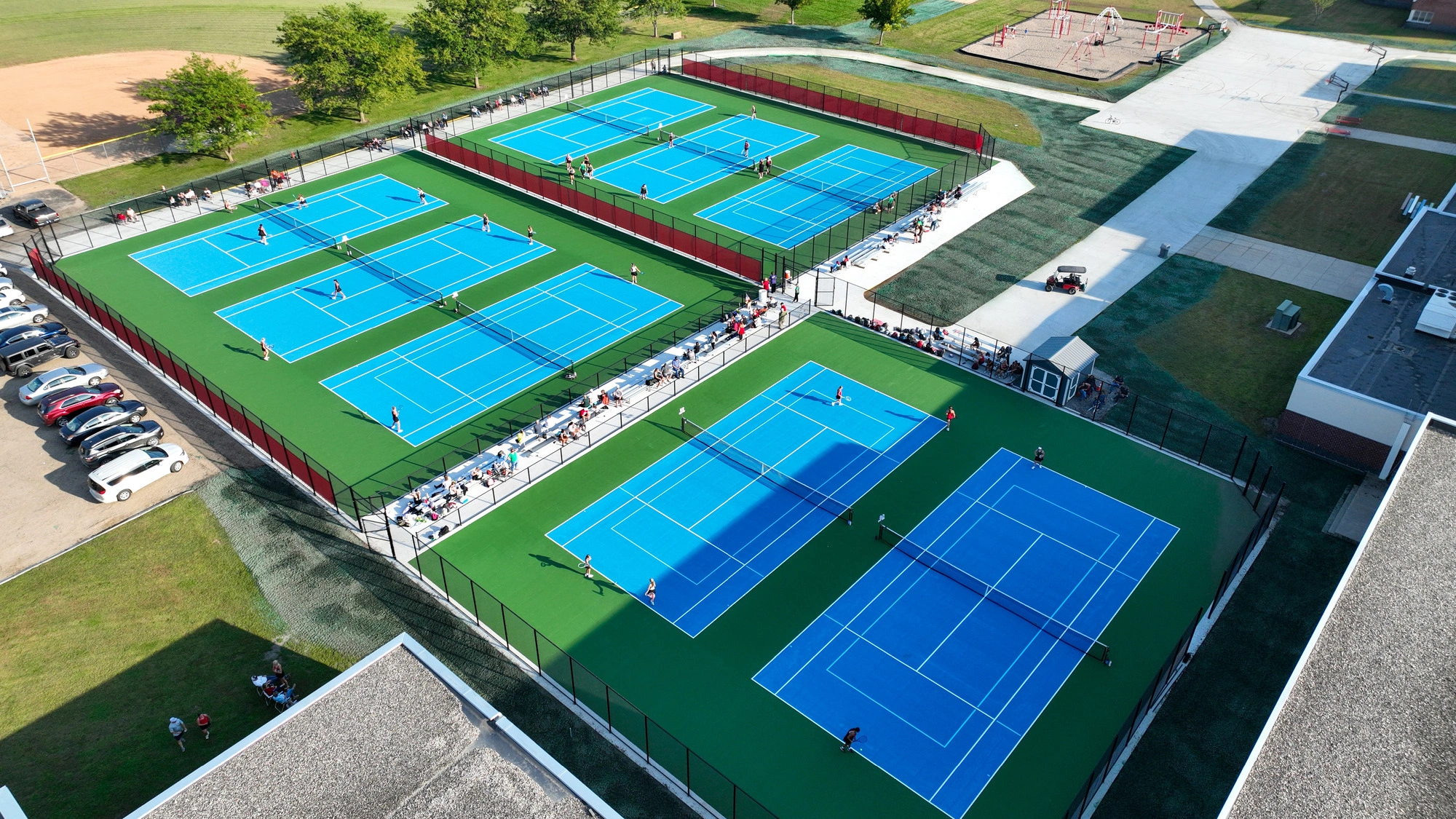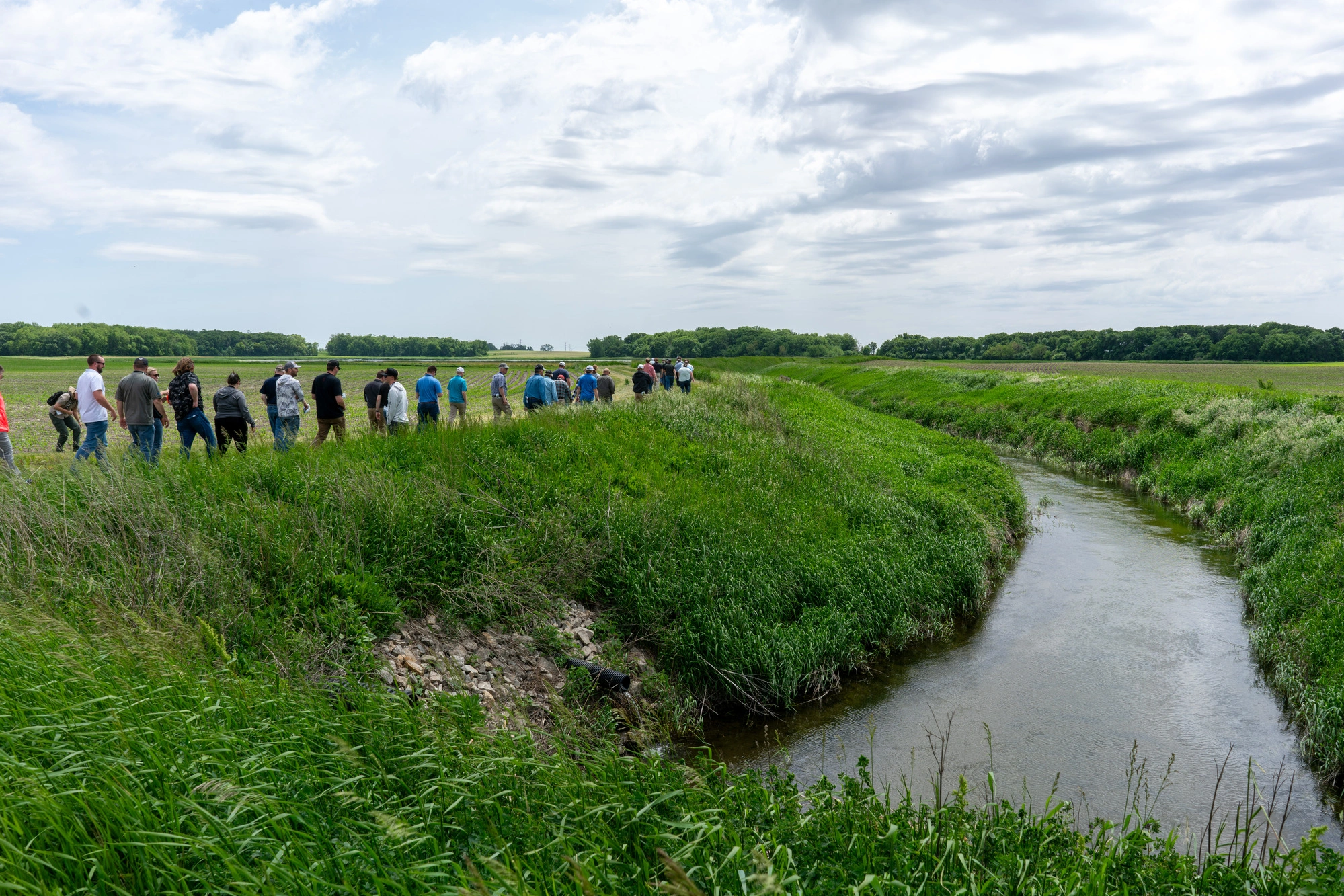Managing the Right Flow: Inflow + Infiltration 411
Picture this: You are a city leader responsible for assessing stormwater inflow and infiltration (I/I), and associated infrastructure costs and management. Do you push to implement disconnect programs that may come with added costs to homeowners or focus on increasing the capacity of the wastewater treatment plant? While this may seem like a silly question, older homes are having a large impact on the answer and cities are challenged to map the correct systems and solutions.

Older homes are known for contributing I/I of stormwater to sanitary sewer systems through improper household foundation drains and/or sump pump drain connections. Leaky connections and manhole covers, cracked pipes, tree root intrusion, and other means also negatively impact their functionality. Essentially, I/I results in stormwater being treated as if it were sewage, when it could otherwise have been naturally absorbed into the ground in yards and gardens, or added to the storm sewer system that feeds ponds, rivers, and lakes.
Communities Burdened by Outdated Connections
While newer homes have sump pump and foundation drains that connect to sanitary sewer systems, most homes built before 1985 still have the old connections. Many people underestimate the impact of these outdated connections with the numbers telling the true story. Footing drains connected to sanitary sewer systems are suspected of being one of the leading causes of introducing excessive rainfall to sanitary sewer systems. Sump pump connections also cause significant and unnecessary flows and related costs. During a wet weather event, including substantial rain or snow melt, just ten sump pump connections can result in over 68,000 gallons extra flow per day, in addition to the usual daily flow. The increase in large rain events, combined with multiple improper connections, can overload systems resulting in failure and overflows.
Reducing I/I to Extend the Life of Infrastructure Systems
There have been a number of footing/foundation drain impact studies performed around the Midwest with relatively consistent results illustrating that these drains can contribute between one and five gallons per minute (gpm) during and following average rainfall events. This causes a significant strain on the wastewater system with increased quantity and costs for unnecessary treatment.
In response, updated building codes and city-run disconnect programs are achieving positive results by reducing the rate of unnecessary water from entering wastewater treatment plants. Roof, foundation, and sump pump drains that are properly connected from residential homes to the storm sewer system provide relief to sanitary sewer systems, city budgets, and ratepayers’ wallets.
Limiting stormwater from entering overloaded sanitary sewers can prevent raw sewage spills, reduce capacity requirements, and extend the life of the system.
What Can Communities Do?
A strategic and proactive community approach can save city staff and homeowners from burdensome and costly situations. By following these four simple steps, cities can support their communities and work toward managing a better flow and overall results.
- Develop a proactive approach by mapping the city’s sewer system with a Sewer System Evaluation Survey (SSES) and identify a lifecycle approach to address needs.
- Educate residents, property owners, city staff, and decision makers on the status and needs of the public infrastructure system.
- Implement and enforce drain disconnect programs.
- Develop a Capital Improvement Plan and budget for ongoing maintenance, replacement, and continual improvements.
Join the conversation #ISGCommunityPlanner #CityInfrastructure #ISGPublicWorks
Related Articles

.webp)
ISG Recognized as a 2025–26 Emerging Professional Friendly Firm for the Fourth Consecutive Cycle
ISG has been honored as a 2025–26 Emerging Professional Friendly Firm by AIA chapters in North Dakota, South Dakota, Wisconsin, and Minnesota in recognition of its commitment to fair compensation, licensure support, mentorship, and growth for early-career architects.













